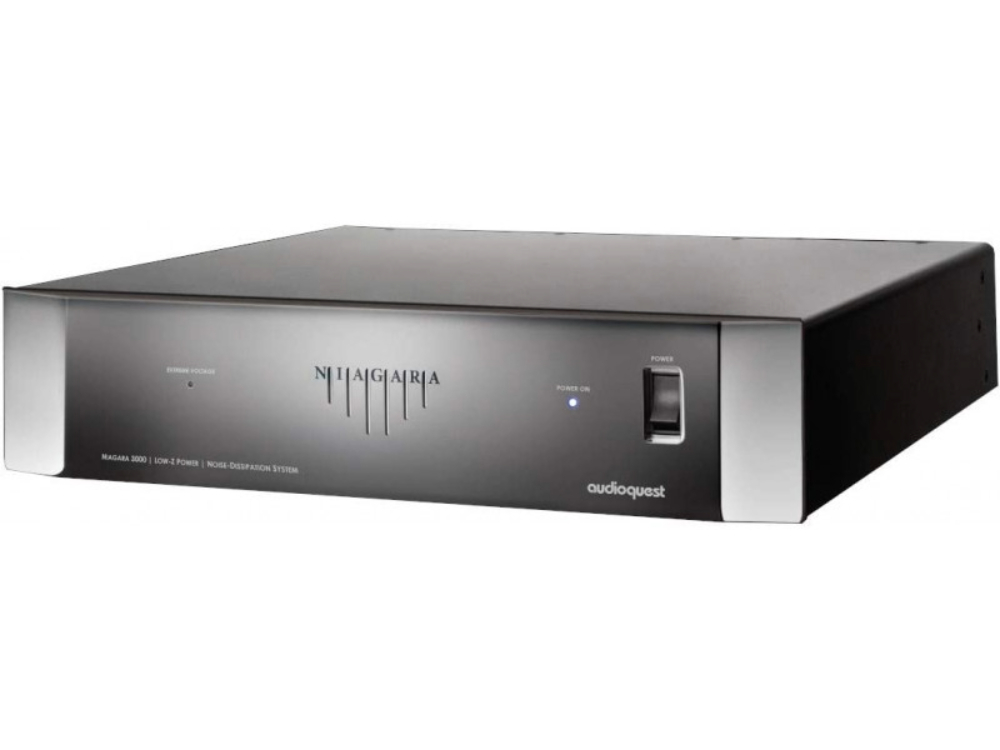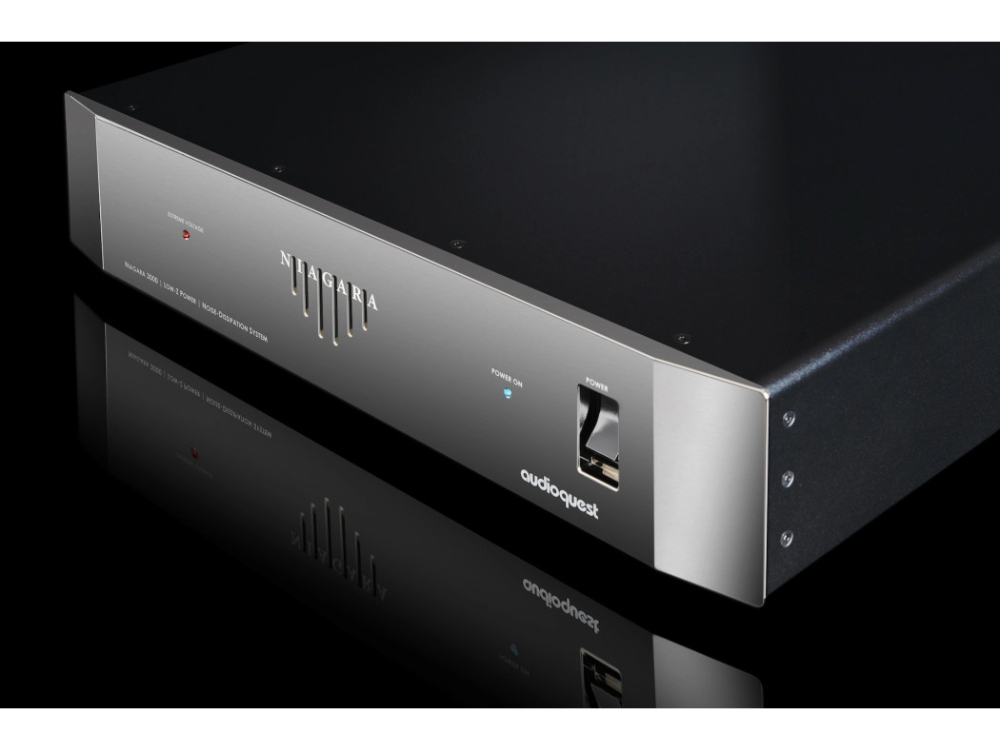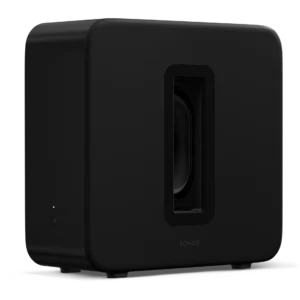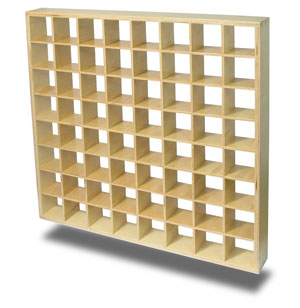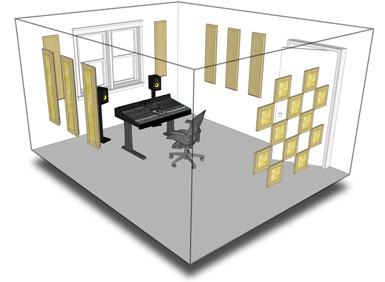Audioquest Niagara 3000
5,000,00 $
Description
The realm of AC power delivery is anything but simple; it demands precision, and the intricate details are where the challenge lies. In fact, the significant increase in both airborne and AC-line-transmitted radio signals, coupled with overburdened utility lines and the ever-growing demands of high-definition audio/video components, have rendered our utilities’ AC power somewhat outdated.
When it comes to Alternating Current (AC), we are reliant on a century-old technology designed for incandescent lighting and electric motors—technology that was never intended to power the advanced analog and digital circuits found in today’s premium audio/video systems. To adequately support the potential of today’s expanding bandwidth and dynamic range, we must achieve remarkably low noise across a wide range of frequencies.
Moreover, modern power amplifiers face challenges related to instantaneous peak-current demands, even when operating at moderate volumes. Although we’ve witnessed a substantial increase in dynamics from much of our audio software, the loudspeakers we use to reproduce them are often no more efficient than they were two to four decades ago. This places considerable demands on an amplifier’s power supply and the AC power source supplying it.
The sensitive components in our systems require higher-quality alternating current, leading to various AC power conditioning, isolation transformer, regeneration amplifier, and battery backup system designs. Through differential sample tests and spectrum analysis, it can be demonstrated that as much as a third of a high-resolution (low-level) audio signal can be lost, masked, or severely distorted by the substantial levels of noise present on the AC power lines feeding our components. This noise infiltrates the signal circuitry as current noise and through AC ground, causing permanent distortion and/or masking of the source signal.
Given the high stakes, all genuine efforts to address this problem deserve recognition.
Once the audio/video signal is lost, it’s lost forever…
For AudioQuest, honoring the source involves more than just using high-quality “audiophile-grade components” or relying on proprietary technology—common approaches within our community. For years, we’ve all witnessed the same seemingly endless debates among audiophiles: tubes vs. transistors, analog vs. digital, can cables truly make a difference?; and so on. While we can certainly highlight our numerous unique technologies, we understand that genuine audio/video optimization is not a matter of any single secret or exotic circuit. When it comes to noise filtering for AC power, many approaches can yield meaningful results. However, these approaches may also introduce ringing, current compression, and non-linear distortions that can make the situation worse than the problem itself.
The Niagara 3000 features our patented AC Ground-Noise Dissipation, the industry’s most wide-bandwidth linearized AC filter, and our unique passive/active Transient Power Correction Circuit. With an instantaneous current reservoir of over 55 peak amps, the Niagara 3000 is expressly designed for today’s power-hungry amplifiers. Many AC power products boasting “high-current outlets” simply reduce current compression, but the Niagara 3000 corrects it.
While it’s easy to promote a particular technology, creating a solution that is consistent, comprehensive, functional, and grounded in verifiable science is a different challenge. It’s insufficient to reduce AC line noise and its associated distortions in just one octave, leaving adjacent octaves and octave harmonics vulnerable to noise, resonant peaks, or insufficient noise reduction. Consistency is crucial. We should not accept superior resolution in one octave only to suffer from masking effects half an octave away and ringing artifacts two octaves beyond. This is the primary criterion for AudioQuest’s Low-Z Power Noise-Dissipation System.
The Niagara 3000 is the result of more than 20 years of extensive research and proven AC power products designed for audiophiles, broadcast engineers, and professional audio applications. Every conceivable detail has been considered: the Niagara 3000 incorporates optimized radio-frequency lead directionality, capacitor run-in forming technologies developed by Jet Propulsion Laboratories and NASA, and AC inlet and outlet contacts with heavy silver plating over extremely pure copper, ensuring the most secure connection possible.
A great system is built on a solid foundation, and that foundation begins with power. With an AudioQuest Niagara 3000, you will experience, for the first time, the clarity, dimensionality, frequency extension, dynamic contrast, and control that your system has always been capable of delivering—if only the power had been right!
We invite you to try the Niagara 3000 and hear firsthand the remarkable results of highly optimized power management: remarkably deep silences, stunning dynamic freedom, exceptional retrieval of ambient cues, and beautiful differentiation of instruments and musicians in space. Once you’ve experienced it, it may appear so elegant, logical, and obvious that you’ll wonder why it wasn’t done before.
SPECIFICATIONS
- Transient Power Correction: 55 amps peak. Provides a current reservoir for any power amplifier (up to 25mS)
- Level-X Linear Noise-Dissipation Technology: More than 21 octaves differential-mode filtering (10kHz–1GHz in excess of 24dB reduction) with linear response, optimized for varying line and load impedance
- Patented Ground-Noise Dissipation (All outlets): 3 banks of direction-controlled ground-noise dissipation
- Non-Sacrificial Surge Protection: Withstands multiple AC surges and spikes up to 6000V/3000A without sustaining damage—sonically non-invasive
- Maximum RMS Input Current: 15 Amps (RMS)
- Outlets: Source (5); High-Current (2)
- Dimensions: 17.5″ W x 3.45″ H x 15.2″ D (2-RU Rack Mount Kit included)
- Weight: 28.9lbs. (US); 13.1kg.

